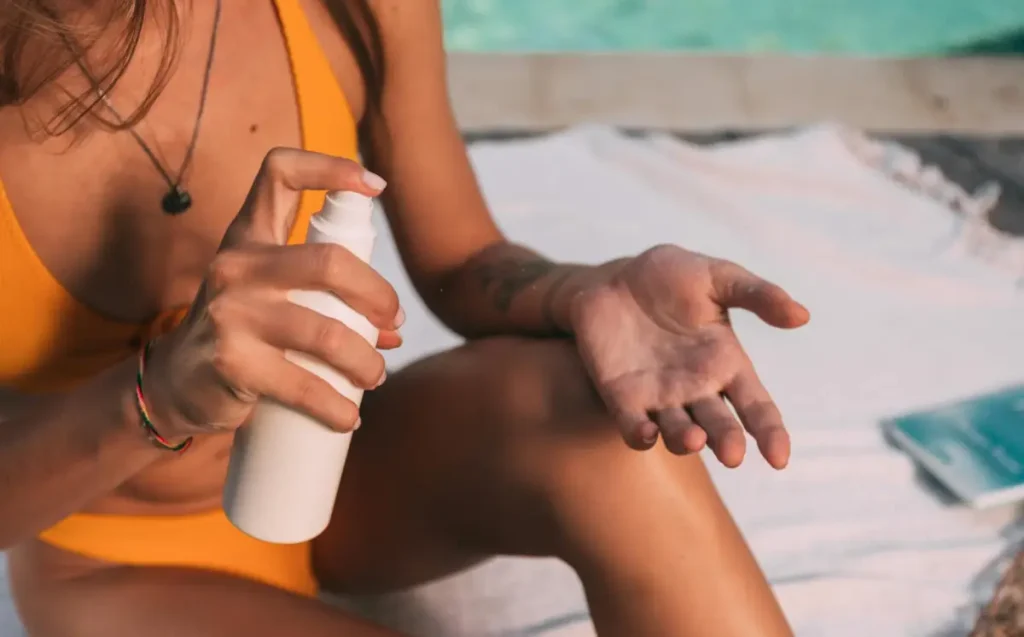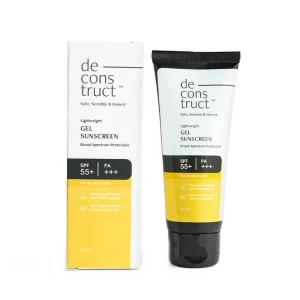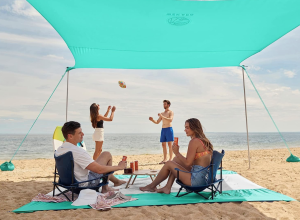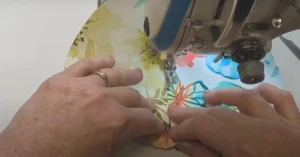Sunscreen is vital for protecting our skin from the harmful effects of the sun. While lotions are often considered the gold standard for initial application, sunscreen sticks have gained popularity for their convenience in reapplication. This review examines four popular sunscreen sticks, evaluating their application, feel, ingredients, and reapplication performance.
The Contenders
The sunscreens tested include the viral TakoBo Cotton Sun Stick, the drugstore staple CeraVe Sunscreen Stick, the long-standing AHC Natural Perfection Fresh Sun Stick, and the Beauty of Joseon Relief Sun : Rice + Probiotics SPF 50+ PA++++ for comparison.
Application and First Impressions
A key aspect of sunscreen stick application is warming the product before applying to the face. This helps to melt the waxes and oils, ensuring a smooth application. The TakoBo stick, despite its clear formula and claims of a soft matte finish, felt slightly sticky upon application. The CeraVe stick, a mineral sunscreen, left a noticeable white cast, a common concern with mineral formulations. The AHC stick, known for its patented IR protection technology, applied smoothly and left a healthy, non-sticky glow.
The Four-Pass Rule
A crucial point highlighted in the review is the importance of applying multiple layers with sunscreen sticks. The American Academy of Dermatology recommends at least four passes to achieve the SPF indicated on the label. This is essential for adequate protection.
Reapplication: The Real Test
Reapplication over makeup proved problematic for some of the sticks. The CeraVe stick was particularly challenging, disrupting makeup and leaving a patchy finish. The TakoBo stick, while initially mattifying, became oily upon reapplication. The AHC stick performed admirably, maintaining a smooth finish and not disturbing makeup.
Comparing with the Beauty of Joseon
The Beauty of Joseon stick, used as a benchmark, consistently provided a mattifying effect, making it ideal for oily skin. This highlighted the varying finishes offered by different sunscreen sticks.
UV Cameras and Sunscreen: A Word of Caution
The review also cautioned against relying solely on UV cameras to assess sunscreen coverage. While they can visualize UVA protection, they don’t provide a complete picture of broad-spectrum protection. They also may not accurately reflect the actual SPF level achieved.
Final Thoughts
While sunscreen sticks offer convenience, they may not be the best choice for primary sun protection, especially in situations with prolonged sun exposure. The AHC stick emerged as the top performer in this review, offering a smooth finish, comfortable wear, and good reapplication performance. However, the importance of individual skin type and preferences is emphasized, encouraging readers to experiment and find the best sunscreen stick for their needs. The review also underscores the critical four-pass application rule for optimal sun protection.




